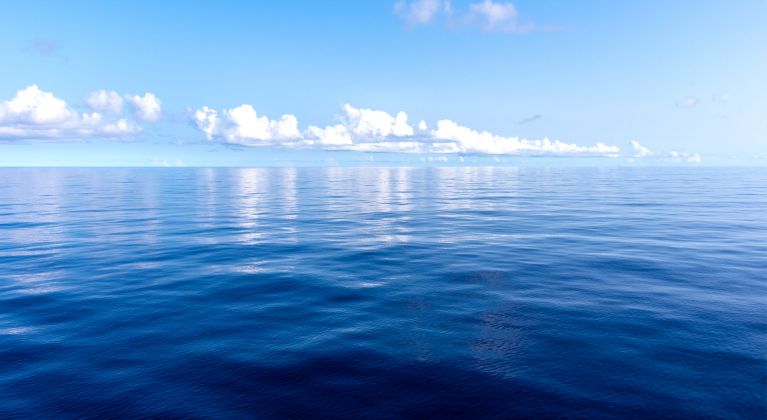
Reduction of Greenhouse Gas Emissions from Ships
- Home
- Latest updates
- News
- Reduction of Greenhouse Gas Emissions from Ships
3 Aug 2023

The International Maritime Organisation (IMO) has recently revised its strategy to reduce Greenhouse Gas (GHG) emissions, which was first adopted in 2018. The IMO's commitment to lowering GHG emissions from international shipping is unwavering, as shipping plays a crucial role in global trade accounting for 2.89% of global GHG emissions, as per the Fourth IMO GHG Study.
As per the 2023 IMO GHG strategy, the IMO has set out ‘Levels of Ambition’ as below:
- Carbon intensity of the ship to decline through further improvement of the energy efficiency for new ships - to review with the aim of strengthening the energy efficiency design requirements for ships;
- Carbon intensity of international shipping to decline - to reduce CO2 emissions per transport work, as an average across international shipping, by at least 40% by 2030, compared to 2008;
- Uptake of zero or near-zero GHG emission technologies, fuels and/or energy sources to increase - uptake of zero or near-zero GHG emission technologies, fuels and/or energy sources to represent at least 5%, striving for 10% of the energy used by international shipping by 2030; and
- GHG emissions from international shipping to reach net zero - to peak GHG emissions from international shipping as soon as possible and to reach net-zero GHG emissions by or around, i.e. close to 2050, taking into account different national circumstances, whilst pursuing efforts towards phasing them out as called for in the Vision which is consistent the Paris Agreement temperature goals.
To achieve the above ambition, IMO has set intermediate targets as below:
- Reducing the total annual GHG emissions from international shipping by at least 20%, striving for 30%, by 2030, compared to 2008; and
- Reducing the total annual GHG emissions from international shipping by at least 70%, striving for 80%, by 2040, compared to 2008.
To assist Members with their efforts toward building a cleaner and greener shipping industry, and to navigate through the various industry measures being implemented, the Club has produced a series of articles below:
- IMO-emissions-regulations advice
- Understanding exhaust gas emissions from ships
- Alternative Low Emission Fuel for the Maritime Industry
- Emissions Trading System (ETS) in shipping
- Changes to MARPOL Annex VI
- LCC article: The impact of the introduction of the CII “carbon intensity indicator” for both owners and charterers
External guidance
- IMO – Further shipping GHG emission reduction measures adopted
- IACS – EEXI Implementation Guidelines
- BIMCO – CII: what it means in practice and why a workable clause is essential

